100+ Amazing Facts About Camping, Wildlife & Wilderness

Almost every one of us has tried camping at least once in their lives. Those who didn’t probably will during the same year they read this article. And I’m not saying that just to tease you! Statistically, the number of people who go camping grows almost every year.
So I decided to put together a list of some of the most interesting facts about camping, wildlife, and wilderness. These facts won’t change your lives, but I am sure you’ll be quoting a few of them during your next dinner party with friends.
In this article, you will find:
- Interesting Facts about Camping
- Interesting Facts About the Wilderness and Wildlife
- Facts about Human Injuries and Fatalities Caused by Wildlife in the US
- Facts about Human Impact on Wildlife and Wilderness
- Fun Facts about Wildlife You’ll Want to Share with Your Friends
Interesting Facts about Camping
When it comes to camping, it’s not just about a few individuals who sit by the fire cooking s’mores. It involves recreational activities, camping food, camping and hiking gear. It’s also tied to accommodation providers, vehicle renters, and airline companies. When you’re going camping, you are supporting a huge industry. So here are some cool camping facts that involve the camping industry, its demographics, and more.
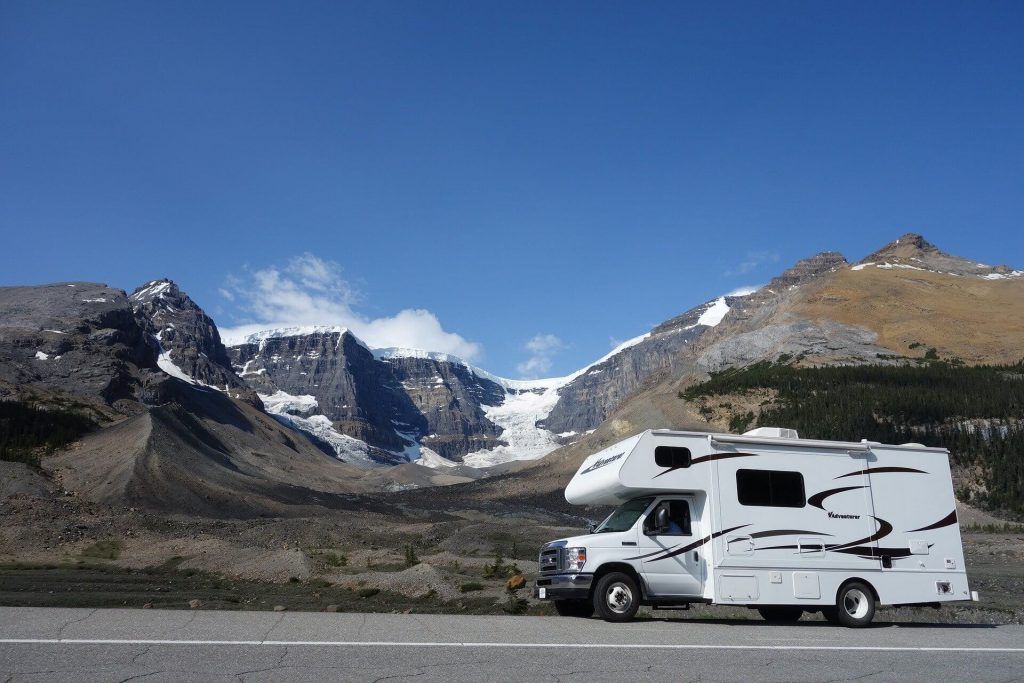
- In 2017, campers in the US alone spent $3 billion on camping equipment.
- Although a lot was spent on sleeping bags, tents, and backpacks, the number one purchase was the flashlight.
- 96% of people who went camping said their camping gear kept them comfortable.
- Most people associate the camping industry with these five words: outdoors (89%), campfire (89%), fun (84%), tent (83%), and adventure (80%).
- When it came to what gear items campers thought were essential, those were: a tent (61%), a sleeping bag (38%), bug spray (24%), cooler (23%), and firewood (22%).
- 34% of campers have their smartphone with them but don’t turn it on.
- 97% of the campers plan to bring some form of technology on their getaways.
- Interestingly, since 2017 the importance of having an internet connection has shrunk from 37% to 29%.
- Usually, people plan their camping trips 25 days in advance.
- In the United States, 1 million new families start camping each year. That’s why I said you will probably try camping as well!
- Surprisingly, 50% of campers stated that the most important factor when staying at a campsite is having clean bathrooms. I wouldn’t say that’s the top factor for me, but probably one of the top 5!
- The majority (54%) of campers travel less than 100 miles from home to their destination.
- Campers from the Western US and Canada are more likely to travel long distances for their camping trips.
- 11% of U.S. households in the age group between 35-54 own an RV.
- Glamping is on the rise. Around 50% of Millennials and Gen Xers choose glamping as their preferred type of camping.
- A whopping 8 million people in the US alone have participated in backyard, car, or RV camping in 2017.
- 64% of RV owners are Canadian campers and they often use their RVs in the winter.
- 96% of people stated that they enjoy camping with family and friends. They also feel healthier because of the benefits of outdoor activities.
- Around half of all younger campers stated that they got inspired to start camping by their family.
- 60% of senior campers say that love for the outdoors has inspired them to live such a lifestyle.
- In general, the five most influential factors that draw people to do their first camping trips are the love for the outdoors (34%), fun (32%), due to their significant other (30%), spending time with their family (27%), and escaping the routine (26%).
- While hiking, backpacking, and fishing continue to be the most popular recreation activities among campers, more active recreation continues to grow in popularity.
- The most frequent campers in North America come from Western USA and Canada.
- The top factor in selecting a campground in 2018 was the campground atmosphere (24%) followed by the location (22%), and the quality of the campground sites (18%).
- In Canada, hiking and backpacking are the most popular outdoor activity (44%) followed by wildlife viewing or photography (32%), tent camping (24%) fishing (22%), and kayaking (22%).
- Around 68% of adult campers in the United States are married or living with a partner. This suggests that camping is a family activity.
- In 2016, nearly 70% of Canadians participated in outdoor or wilderness activities!
- The first official recipe for S’mores was featured in the 1927 Girl Scouts manual.
- The most expensive camping spot in the world is the Clayoquot Wilderness Resort in Vancouver Island, Canada. A single night costs $3,900.
- People averagely spend $128.26 on their first camping trip.
- Tent users averagely camp for 2.5 nights, while RV users camp 3.7 nights.
Sources: Statista, OutdoorIndustry, KOA, Forbes, Michigan RV and Campgrounds, statcan.gc.ca, factretriever.com.

Interesting Facts About the Wilderness and Wildlife
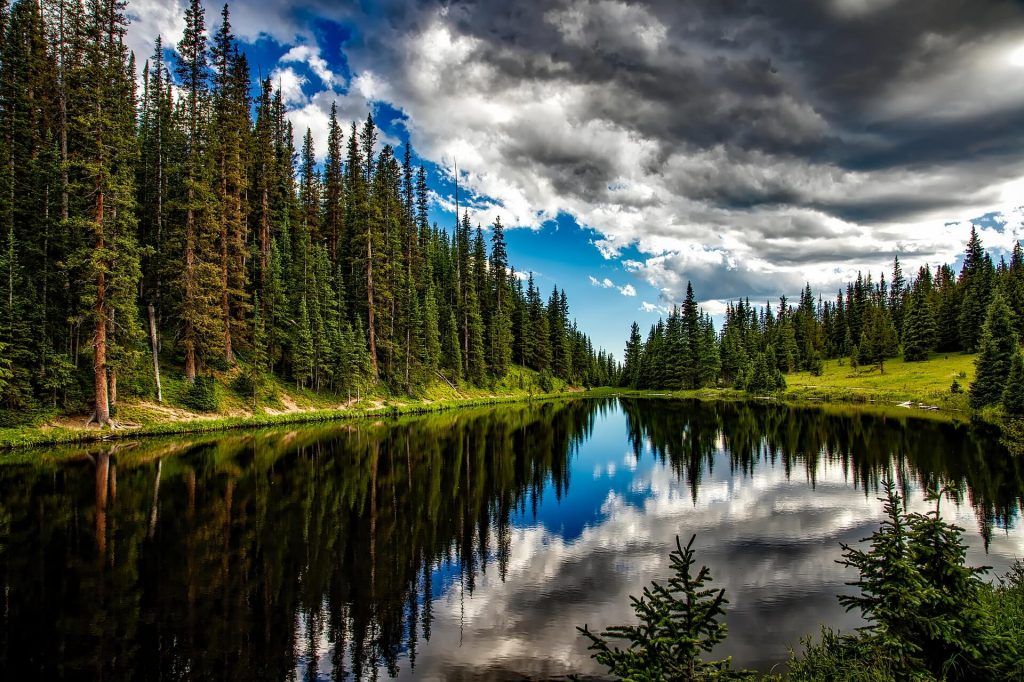
- A big part of camping is being in the wilderness. That’s why I have added some of the most interesting facts about wildlife and the outdoors that you haven’t heard before.
- Only 13% of the world’s oceans and 23% of the world’s land can still be considered wild.
- The Wildlife Conservation Society reported that 70% of the world’s wilderness is located in only five countries. Of those five, Canada holds the second-largest area of the wilderness after Russia. The other three countries are Australia, the US, and Brasil.
- Although Canada’s wilderness is more stable than most of the other places in the world, British Colombia is home to more than 1,500 species at risk.
- Camping can help to reduce stress and depression. Being outdoors is not only good for your physical health, but it is also great for your emotional and mental state. Partaking in physical outdoor activities raises your levels of oxygen, serotonin, and melatonin. These substances automatically decrease your stress levels.
- Raccoons purr just like cats. Although it is not advised to cuddle them. They purr it when they feel safe.
- Canada is home to more than 57,000 different species of insects. That’s why I recommend adding the bug spray to your camping checklist.
- Ticks need approximately 36 hours to pass on Lyme disease. So it’s important to constantly check yourself for ticks that might be connected to you. I’d still recommend getting a proper medical check in case you find one!
- Camping is one of the best ways to reset your natural clock.
- Tents were an important survival necessity long before they were used for recreation. The first evidence of tent construction dates back to 40,000 BC.
- Statistics show that married people have a higher chance to have sex while camping than at home.
- Between 120–140 people die at U.S. national parks annually. Of course, the number is very small considering that the parks attract over 280 million people each year. The actual odds of dying in a national park are about one in two million. I’d say that’s pretty slim.
- A lot of people believe that animals are the biggest cause of death when it comes to being in the wilderness. But actually, the most common causes of death while camping at national parks are drowning, car accidents, falling, and even suicide.
- Getting killed by wildlife is one of rarest ways to die while camping. Saying that, in 2010, one unlucky camper was killed by an angry mountain goat.
- Men account for nearly 75% of camping deaths at US national parks.
- The largest concentration of snakes in the world can be found in The Narcisse Wildlife Management Area in Manitoba. Around 70,000 snakes come to this place to hibernate throughout the winter.
- Beaver is the largest rodent in North America. While the Capybara is the largest rodent in the entire world.
- In Banff National Park, Alberta, overpasses over highways were built for wildlife to be able to pass the road. Trees and shrubs grow on them to make the animals feel more covered.
- Canada has its own Loch Ness Monster. Ogopogo – a snake-like creature – supposedly lives in Lake Okanagan, British Columbia.
- There’s an area in the Hudson Bay region that has less gravity than the rest of the planet.
- Mount Thor, which is located in Auyuittuq National Park, on Baffin Island, Nunavut, Canada is the tallest steep cliff in the world.
- Walking along all of Switzerland’s hiking trails would be equal to going 1.5 times around the world.
- In movies, bald eagles are depicted as majestic birds that emit this rough, piercing shriek. The real sounds these birds emit sound like little squeaky chirps. The sound you hear in movies is made by red-tailed hawks.
- Group of owls is called a parliament, group of crows is called murder, group of lemurs is called a conspiracy, a group of falcons is called a cast, a group of baboons is called a congress (works both ways), and a group of geese is called a gaggle. Here’s an even longer list of collective nouns for animals.
- The Amazon River initially flowed into the Pacific Ocean but was blocked up by the forming Andes Mountains. Amazon’s basin was a giant lake until it cut through the sandstone to the west, finally reaching the Atlantic Ocean and forming the river we have today.
- In the movie Titanic, Jack (played by Leonardo Di Caprio) claims he’s been fishing on Lake Wissota, near Chippewa Falls in Wisconsin. Lake Wissota is a man-made reservoir, created in 1917. The Titanic sank in 1909.
- Snails are capable of hibernating in their shells for up to 3 years.
- In the water, an alligator is one of the top predators. But when it comes to underwater traffic, it’s documented to give way to another sea creature, the manatee.
- North American frogs freeze during the winter. When the temperatures rise, they thaw out.
- In Antarctica, around 3% of glaciers are made up of penguin urine. Thinking about it, where else would it end up being?
Sources: Cbc, campjellystone.com, factretriever.com, thetravel.com, canadiangeographic.ca, narcity.com, Wikipedia, myswitzerland.com, deschutestrailscoalition.org, colleenpatrickgoudreau.com, softpedia.com, kickassfacts.com, farandwide.com.
Facts about Human Injuries and Fatalities caused by Wildlife in the US
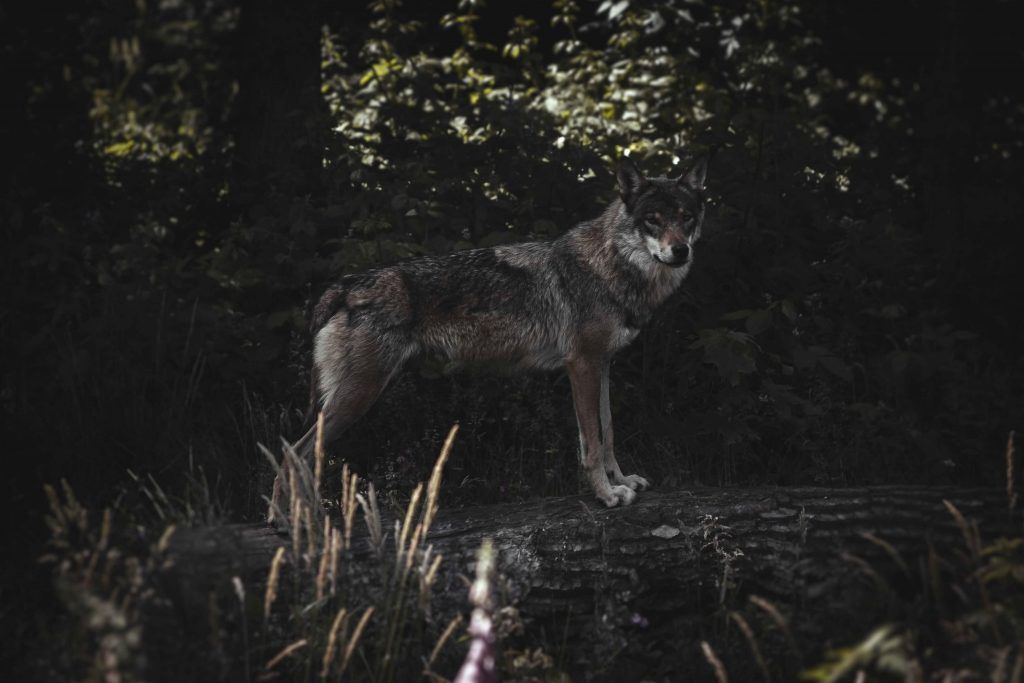
The numbers provided here are a scientific estimate of the annual number of people injured or killed in the United States after being bitten or attacked by wildlife, involved in a wildlife-vehicle collision, or sickened by a zoonotic disease. The data was put together by scientists and researchers. This is their best guess of the real situation and the exact numbers might differ because not all people have sought medical assistance after the animal encounter.
| Causes | Injured or sickened | Deaths |
| 1. Snakes (nonvenomous) | 6,135 | 0 |
| 2. Snakes (venomous) | 7,000 | 6 |
| 3. Alligators | 9 | 1 |
| 4. Reptiles (excluding snakes) | 1,050 | ? |
| 5. Birds (excluding parrots) | 1,594 | 0 |
| 6. Bats | 1,335 | 0 |
| 7. Rodents | 27,000 | 0 |
| 8. Opossum | 375 | 0 |
| 9. Skunk | 750 | 0 |
| 10. Raccoons | 1,310 | 0 |
| 11. Foxes | 500 | 0 |
| 12. Coyotes | 9 | 0.1 |
| 13. Wolves | 0.7 | 0.1 |
| 14. Cougars | 3.3 | 0.3 |
| 15. Black bears | 25 | 0.3 |
| 16. Grizzly bears | 0.8 | ? |
| 17. Polar bears | 0.1 | 0 |
| 18. Bison | 1.7 | 0 |
| 19. Elk | 3 | 0 |
| 20. All bites and attacks | 47,102 | 7.8 |
| 21. Deer–vehicle collisions | 58,622 | 440 |
| 22. Moose–vehicle collisions | 640 | 6 |
| 23. Bird–vehicle collisions | 10 | 1 |
| 24. All causes | 174,899 | 708 |
Although most people are usually afraid of bears or wolves while hiking in the wilderness, predators tend to avoid people and hardly cause any harm to humans. Deer, on the other hand, cause the majority of accidents and fatalities, but these occur on the road.
The most dangerous animals in the US are farm animals and pets:
25. Cows kill on average 20 people per year;
26. while dogs are responsible for 28 yearly human fatalities.
If you’re ever worried about being killed by an animal, I have some more facts that will make you want to spend more time among Grizzlies rather than humans:
- In the United States alone, over 37,000 people die in road crashes each year and an additional 2.35 million are injured or disabled in a car accident.
- In 2018, the estimated number of murders in the United States was 16,214.
I’d say you are safer in the wilderness than out in the city.
Source: digitalcommons.usu.edu, Murderucr.fbi.gov, asirt.org
Facts about Human Impact on Wildlife and Wilderness
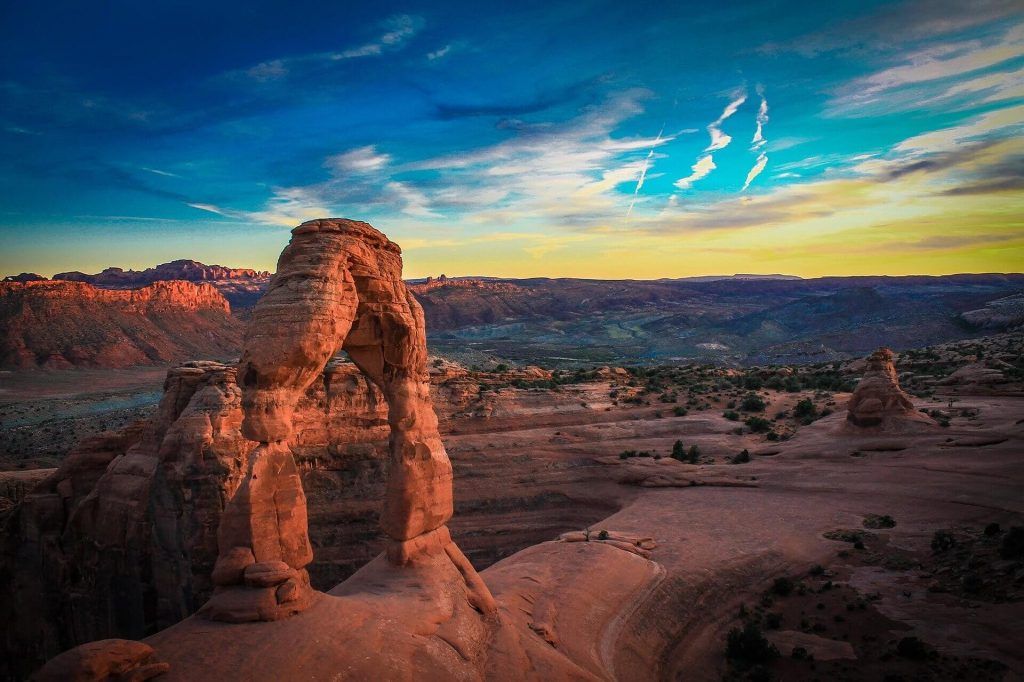
The human population is rapidly growing, and it’s harming nature and the wilderness. Here are some facts that showcase the damage that is being made by people.
- Around 30,000 species are driven to extinction per year.
- People are destroying the wildlife habitat in the world at a rate of approximately 5,760 acres per day.
- Humans have wiped out around 60% of mammals, birds, fish, and reptiles since 1970. Humanity almost doubled in size within the same period.
- Poachers are responsible for taking more than 38 million animals from the wilderness of Brazil to meet the global demand for illegal wildlife trading. The majority of these are birds, who become caged pets for people around the world.
- The biodiversity in Latin America has decreased by about 83% since the 1970s.
- In the United States, around 4,000 tons of lead are shot into the environment by hunters each year. This results in the poisoning deaths of around 20 million animals.
- More than 126,000 hunting trophies are imported into the US each year. In the US, hunters kill more than 100 million animals a year. This number does not include the animals killed which aren’t tracked by the state wildlife agencies.
- In Canada, more than a million seals have died in the annual seal hunts within 5 years. The majority of seals killed are Harp seals. Approximately 97% of them are pups less than three months old.
Source: animalmatters.org, The Guardian.
Fun Facts about Wildlife You’ll Want to Share with Your Friends
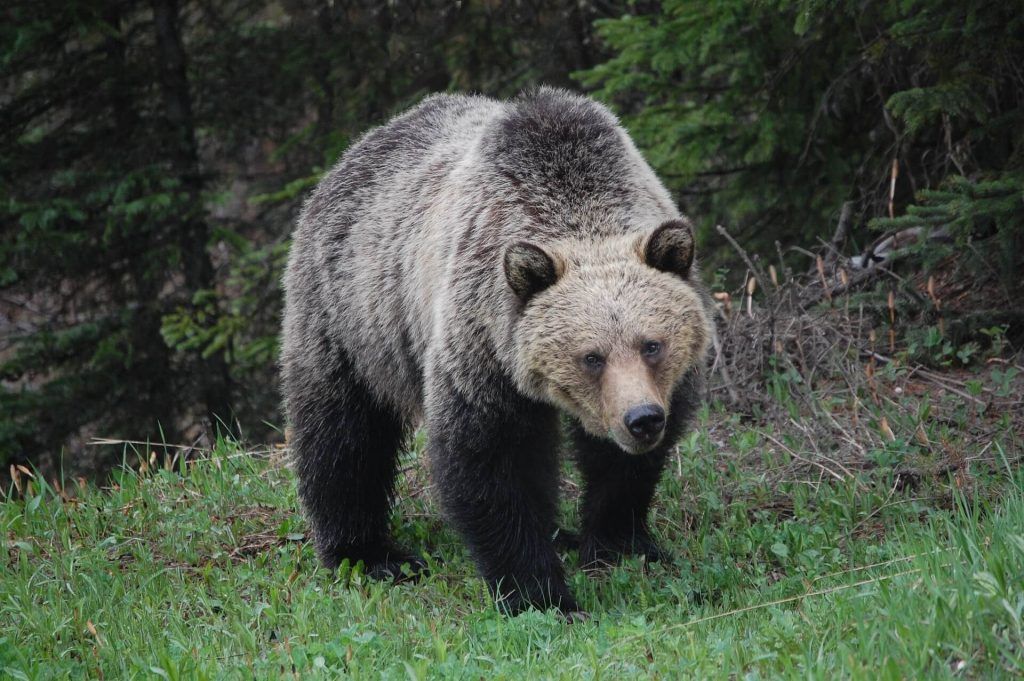
- Prairie dogs greet each other by kissing.
- A Grizzly bear’s bite can crush a bowling ball.
- Blue Jays mimic hawks’ calls (that’s right, not the Bald Eagles’) to scare away other birds.
- Lynx’s large feet allow them to run through deep snow.
- The annual number of shark bites that occur in the world is supposedly around 10 times smaller than the number of people bitten in New York… by other people.
- Lions inhabited many areas of Europe until they were hunted out in the whole region around 100 BC.
- The fingerprints of a koala are almost indistinguishable from humans.
- Polar bears have black skin under their white fur coats.
Sources: mentalfloss.com, thedodo.com, factanimal.com.
